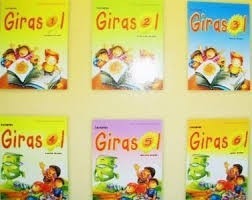

La mayoría de ellas estuvieron escasamente representadas. Treinta y siete especies en floración fueron registradas en cercanías al cultivo de girasol. Se colocaron trampas caza-polen y cuadros con cera estampada para estudiar las fuentes de polen y néctar utilizadas por colmenas que polinizan girasol para la producción de semilla híbrida en el valle inferior del río Colorado, Argentina. Resumen: Fuentes de polen y néctar utilizadas por colonias de Apis mellifera que polinizan girasol (Helianthus annuus) en el valle inferior del río Colorado, Argentina. The results indicate that honeybees (Apis mellifera L.) foraged pollen and nectar mainly from the flora surrounding the sunflower field. The dominant and secondary pollen types in honey samples were Tamarix gallica L., E.

The taxa most gathered had high protein values, above 20%. and Cirsium vulgare (Savi) Airy -Shaw, and only 11% came from H. About 84% of the collected pollen came from three taxa: Centaurea solstitialis L., Eucalyptus camaldulensis Dehnh. Seven plant taxa were identified in the pollen loads and 26 in the honey samples.

The honeybee maximum density recorded on the sunflower male-fertile line was 10.00 bees per 100 heads, while on the male-sterile line was 25.33 bees per 100 heads. Thirty-seven plant species in bloom were registered in the area surrounding the sunflower field. Pollen traps and beeswax foundations were set in order to study pollen and nectar sources used by honeybee colonies pollinating sunflower (Helianthus annuus L.) for the production of hybrid seed in the lower valley of the Colorado river in southern Argentina.


 0 kommentar(er)
0 kommentar(er)
